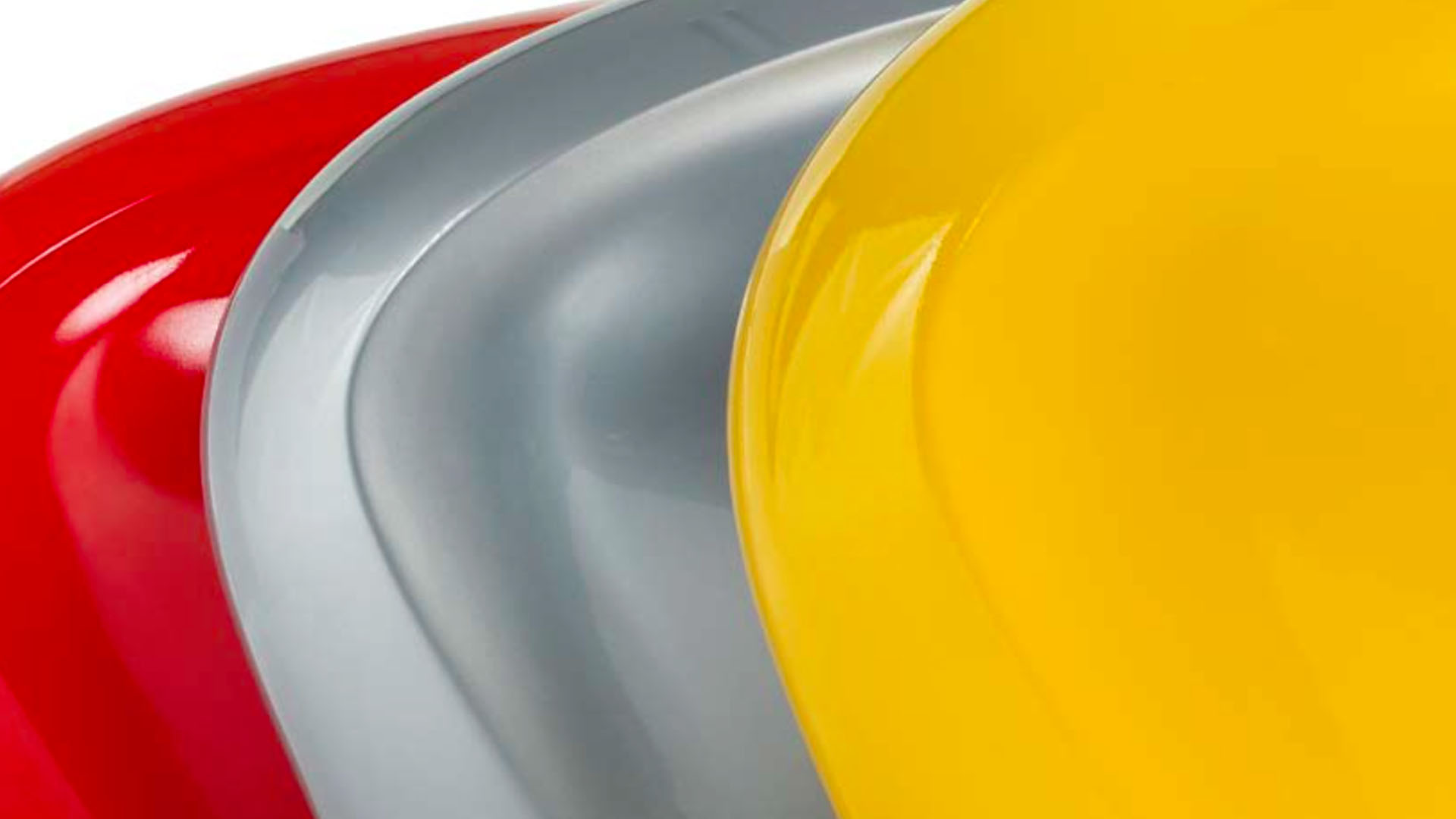A Second Chance For Polyurethane Wastes
Every day, intelligent people find new ways to contribute to recycling. This time we will talk about the method will be a pioneer for years to come. This project, which aims to give a second chance to the species that are difficult to recycle, is quite remarkable.
Polyurethane is used in a wide range of materials such as paints, foam mattresses, seat cushions and insulation. These various applications generate large amounts of waste. A team at the University of Illinois developed a method for shredding polyurethane waste and converting it into other useful products.
Researchers will report their findings at the National Meeting and Fair of the American Chemical Society. In the US alone, 1.3 million tons of polyurethane waste is produced each year. The end of these wastes usually ends either in landfills or incinerated. To date, it has undergone a number of processes requiring high energy and producing toxic by-products.
Ephraim Morado, a graduate student in the laboratory of Steven Zimmerman, a chemistry professor who directs the research, said he would like to take the polyurethane back and solve the waste problem. Polyurethanes consist of two components which are difficult to break down; isocyanates consisting of nitrogen, carbon and oxygen; and alcohol groups called polyols.
Morado: Polyol is generally petroleum based and is not degradable. To overcome this challenge, the team intervened with an acetal, a chemical unit that breaks down more easily to the polyol. Because polyurethanes are water-resistant, researchers have invented an acetal solution that breaks down in solvents other than water. Morado: When we add a combination of trichloroacetic acid and dichloromethane to the component, the material swells at room temperature and begins to decompose rapidly.
We can then use the resulting products as a raw material for new materials. For example, researchers have made elastomers, a type of polyurethane used in rubber bands, packaging and automobile parts, as a glue.
Zimmerman: One of the challenges in our approach is that the starting material is expensive. We are trying to find a better and cheaper way to achieve this. Our second obstacle will be to find someone who is interested in getting a patent and commercializing it.
Researchers are testing the same technique on other polyurethane materials. It also has the purpose of using softer solvents such as vinegar to achieve degradation. Zimmerman: Polyurethane materials have different properties depending on the chemical structure of isocyanate. Accordingly, we can change the structure of acetal.
Not every method has to work at the time of the invention. Sometimes it can be just the first domino stone, sometimes it can be the last falling stone. Just as in the previous article, the Transition of Billiard Balls from Ivory to Plastic. The purpose of the emergence is different, and ideas that have turned into a greater purpose are those that shape the present world.



